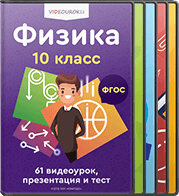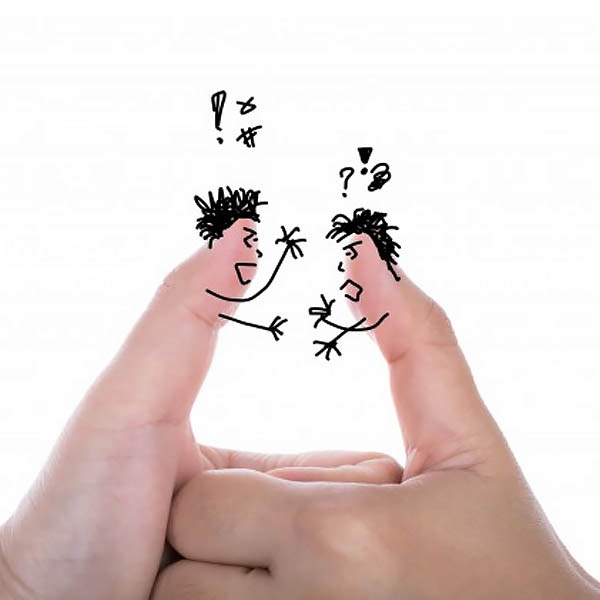

,,
,
,, ,,,,
,, ,
+
+
+
+

The name
comes from the old Irish word "luchorpan"
which means "
".
A leprechaun is an Irish fairy who looks like a small, old man about 2
feet tall. He is often dressed like a shoemaker, with a crooked hat and a
leather apron.
According to legend, leprechauns are aloof and unfriendly. They live
alone, and pass the time making shoes. They also have a hidden pot of
gold!
Treasure hunters can often track down a leprechaun by the sound of
his shoemaker's hammer. If the leprechaun is caught, he can be
threatened with bodily violence to tell where his treasure is, but the
leprechaun's captors must keep their eyes on him every second. If the
captor's eyes leave the leprechaun - he's known to trick them into
looking away - he vanishes and all hopes of finding the treasure are
lost.

,,
+
,,
,, ,,
+
+

"
" is the common name for several different kinds of
three-leafed clovers native to Ireland.
The shamrock was chosen Ireland's national emblem because
of the legend that St. Patrick had used it to illustrate the
doctrine of the Trinity. The Trinity is the idea that God is really
three-in-one: The Father, The Son and The Holy Spirit.
Patrick demonstrated the meaning of the Three-in-One by
picking a shamrock from the grass growing at his feet and
showing it to his listeners. He told them that just as the
shamrock is one leaf with three parts, God is one entity with
three Persons.
The Irish have considered shamrocks as good-luck symbols
since earliest times, and today people of many other
nationalities also believe they bring good luck.

,,,,
,,
,,,
+ +
, ,,
,,
,,
+
+

is an ancient musical instrument used in
Ireland for centuries. It is also a symbol of Ireland.
Harpists, who were often blind, occupied an honored
place in Irish society. Harpists and bards (or poets)
played an important role in the social structure of
Ireland. They were supported by chieftans and kings.
Although it is not as recognizable as the shamrock,
the harp is a widely used symbol. It appears on Irish
coins, the presidential flag, state seals, uniforms, and
official documents.

,
,
,,
,
+ +
+

is said to symbolize
God’s promise that there will never be another
flood that destroys life on Earth.
Since rainbows usually form after storms, it is
also believed that rainbows appeared after St.
Patrick drove away snakes from Ireland.
Besides, in Irish folklore, the rainbows are caused
by fairies sprinkling dew into rivers and lakes so
they can catch fish for feasts. The myth tells that
there’s a Leprechaun holding a pot of gold at the
end of the rainbow as well.

,,,
,,,
+
,,
,,
,,
+
+

has a long association with Irish folklore. Gold is
often seen as a symbol of good luck and a popular
Irish myth tells the tale of leprechauns love for gold!
Leprechauns are often associated with wealth due to
their love of gold coins, they know when they are
onto a good thing! Leprechauns as the mischievous
creatures they are scour the earth for gold and when
they find it, they store it in a pot of gold at the end of
a rainbow.

,,, , ,, ,,,,,
+
+
,, ,,,
,
,,, ,,,
+
+

In Irish folklore, the shamrock plant, with its three bright
green leaves, was used by St. Patrick himself to illustrate
the Christian Holy Trinity when he was converting pagan
Ireland to Christianity in the 5th century A.D.
is also
the color associated with the immaculate natural beauty
and lush countryside of the “Emerald Isle.” Over time,
wearing green clothing or green accessories has become a
way for people to display their Irish pride and connection
to Irish culture on St. Patrick’s Day.

,, ,
+
,,

Saint Patrick’s Day (March 17) is marked with
celebrations and remembrance of the great
Irish saint who awakened the dead and drove
out
from the Island. Snakes here
symbolize the inner demons and pagans, to
let the radiance of God shine forth.

,,,
,,,
,,
+ +

St. Patrick’s Day is a beloved holiday celebrated by
millions of people around the world on March 17th each
year. It commemorates the life of St. Patrick, the patron
saint of Ireland, and has become synonymous with
festive parades, vibrant green attire, and all things Irish.
One of the most iconic traditions associated with St.
Patrick’s Day is the
. These
parades, held in cities across the globe, bring
communities together to celebrate their Irish heritage or
join in the revelry of the day.

 Получите свидетельство
Получите свидетельство Вход
Вход












 Rebuses "Symbols St. Patrick's Day" (2.25 MB)
Rebuses "Symbols St. Patrick's Day" (2.25 MB)
 0
0 225
225 2
2 Нравится
0
Нравится
0


